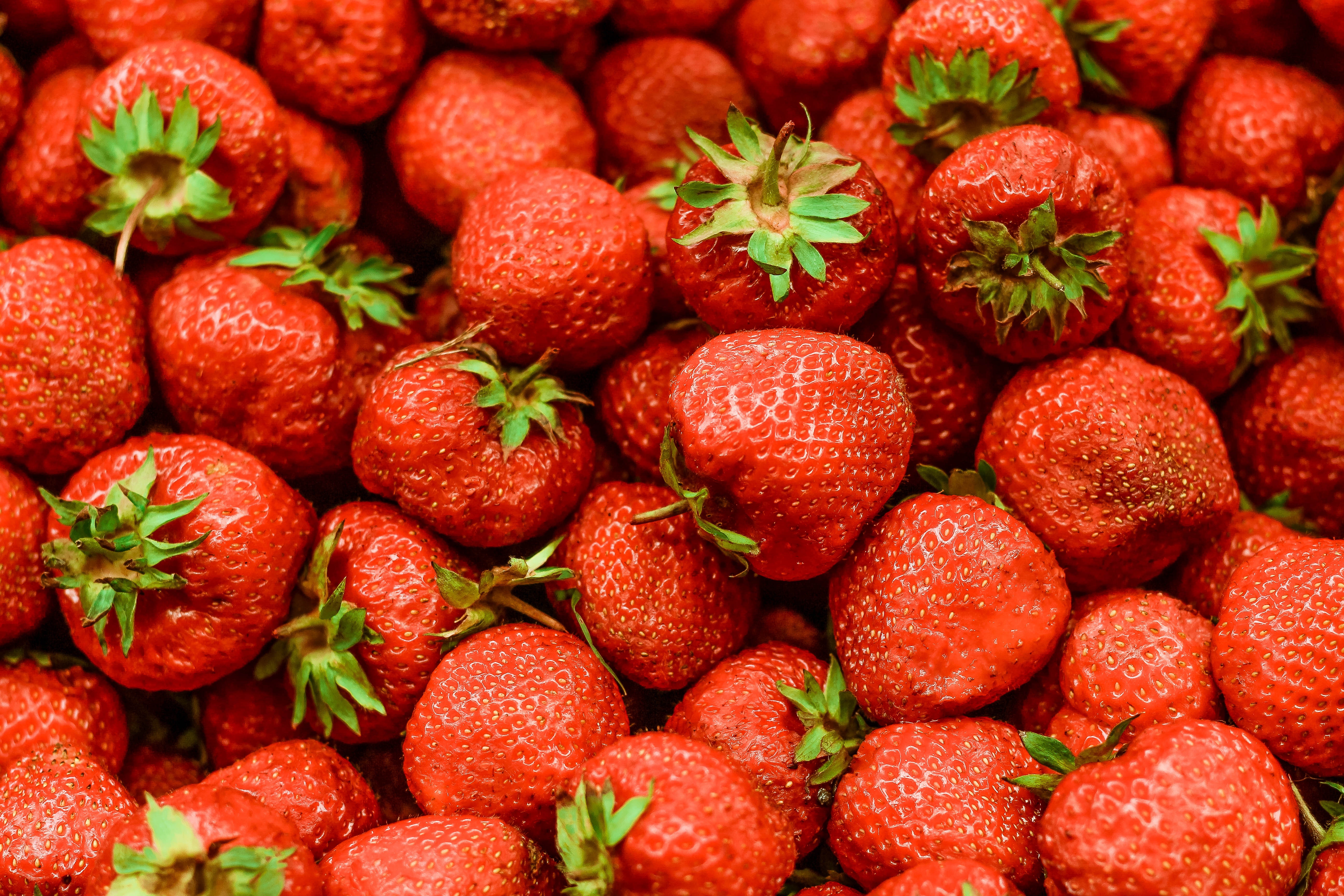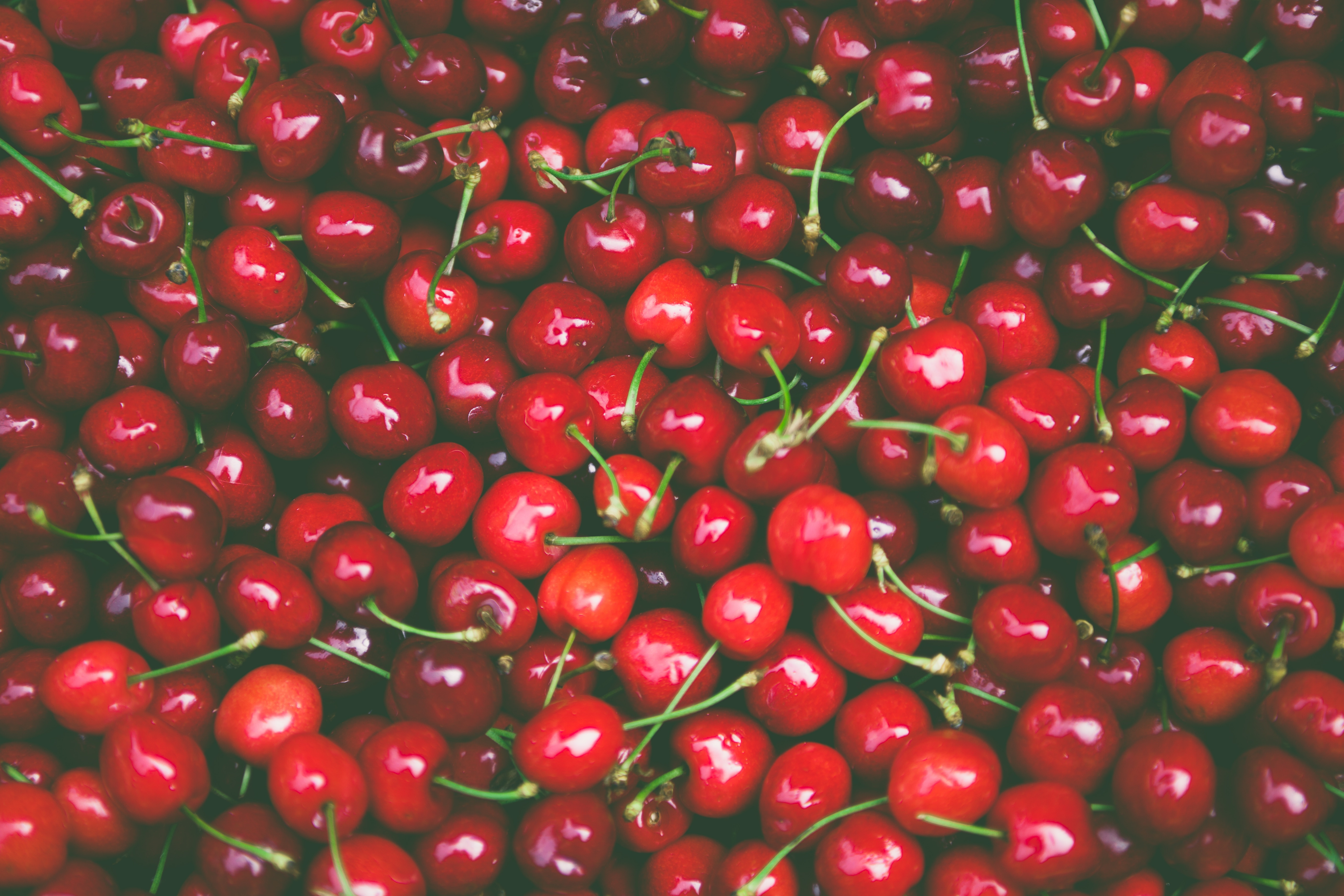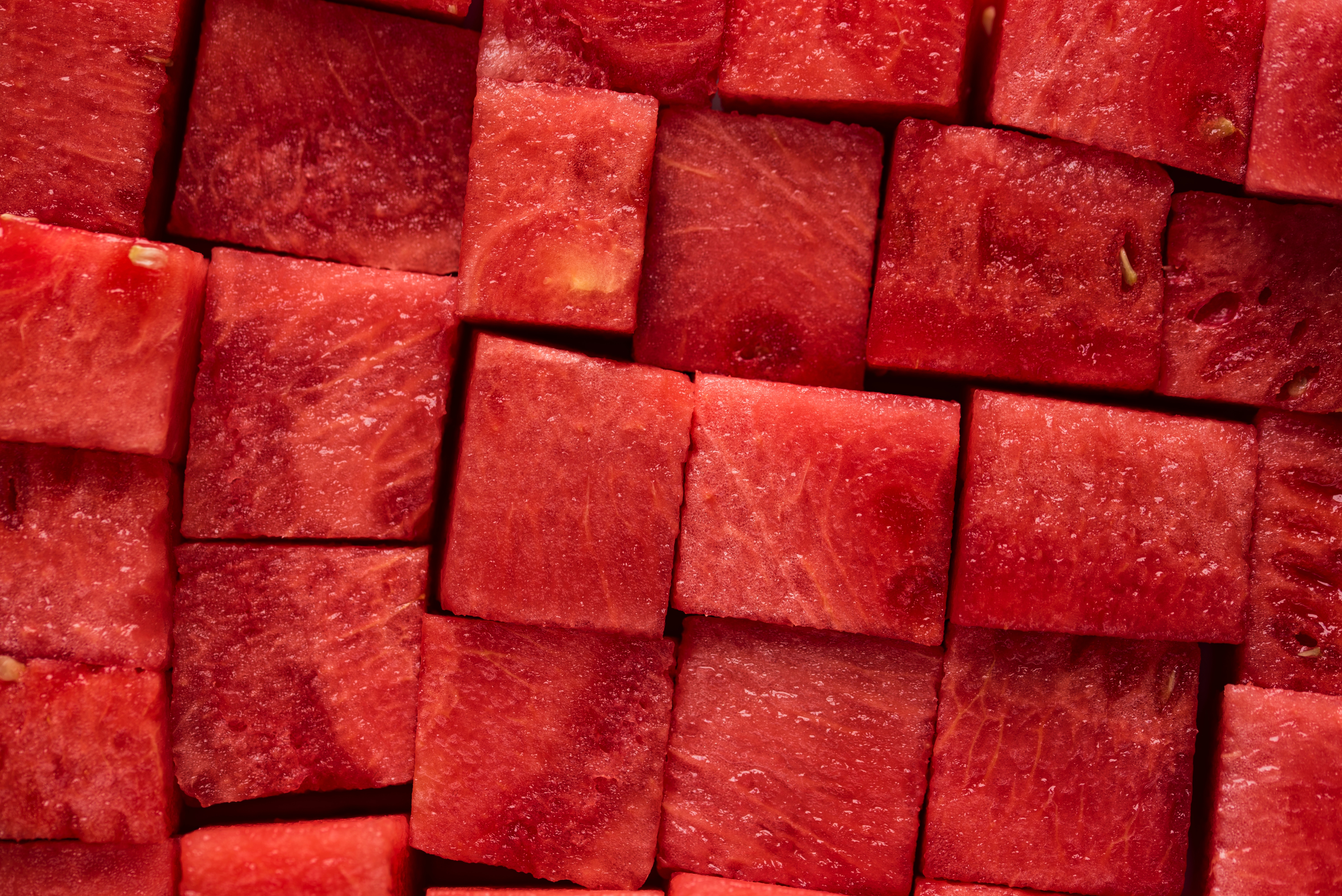You guys know I am all about that low waste lifestyle and trying to make sustainable swaps which contribute to positive change. One area of my life where my habits have shifted massively is handling my period. I have gone from purchasing single use plastic applicator tampons to 100% reusable and biodegradable products. How? Let me explain!
The Problem:
- One sanitary pad contains put to four plastic bags worth of plastic.
- An average woman uses anything from 5,000 to 14,000 sanitary products in her lifetime. That is 250 to 300 pounds of waste.
- A regular tampon or pad, laced with plastic, can take up to 500 years to biodegrade.
- One single use plastic applicator tampon contributes 4 pieces of waste to landfill or worse, the ocean.
- In 2016 the Marine Conservation Society found 20 tampons or sanitary items for every 100 metres of shoreline.
The Solution:
There is a multitude of methods to handle your period which is more sustainable in nature, but today I will be outlining my top three.
Menstrual Cups
A menstrual cup is a reusable period product which is much more cost and time efficient than tampons and pads. A cup can collect your period for up to 12 hours (on a light day) before it needs to be changed. It is also a one off cost of around £20-25 and lasts for years, meaning you save money in the long run.
The only downside with cups is getting over the “gross factor” of having to insert it yourself. I admit, it took me a few months to get to grips with the whole process but now it is a breeze. Have patience, it is worth it.
Which one should you buy?
I recommend Ruby Cup as for every one purchased they donate a cup to a woman in need.
Period Pants
These are reusable pants which have an absorbent layer sewn into them. You simply wear them as a back up to your cup or on their own on light days. Depending on the style they can absorb up to two tampons worth of blood.
Don’t worry, I know it sounds pretty grim when you first hear about them but they’re perfectly hygienic. They have carefully chosen fabrics which wipe away moisture, fight bacteria and absorb fluid. Just place them in the washing machine after use and then you can pop them on again!
Which brand do I recommend?
There are tonnes of more affordable ones, but I personally use Thinx as they are the original ones in the market.
Organic Tampons
If you’re someone who isn’t quite ready to delve into the world of menstrual cups, I get you, it is pretty scary! I personally use organic and biodegradable tampons on my lightest days or when the cup just isn’t appropriate.
Regular tampons take 500 years to biodegrade whereas organic natural tampons take around 5. Organic tampons also avoid the harmful chemicals many regular tampons can contain such as chlorine bleach, pesticides and fungicides; and provide better working conditions for cotton pickers.
Which ones do I recommend?
I use Ohne. They’re 100% organic, their packaging is recycled and recyclable and their “plastic” coating for each tampon is compostable. Dreamy.
My Approach
I personally use a combination of the products above depending on the day, the situation and the period itself. I know it can seem overwhelming but just dip your toe into the sustainable period world and see what works for you.
Disclaimer:
I am very much aware of the issue of period poverty, for many women it is a struggle to access menstrual products at all let alone more sustainable ones. This blog post isn’t here to shame those women. However, if you are in a position of privilege and do have the capability to make sustainable swaps then I encourage you to invest your money in reusable products where you can. Every little helps.
Like this post? Check out:
5 Lesser Known Sustainable Swaps
Zanna x




